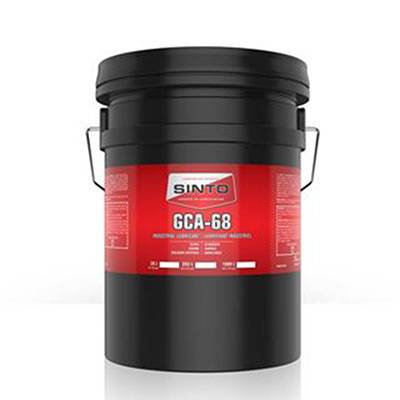Nov . 25, 2024 23:11 Back to list
pneumatic check valve
Understanding Pneumatic Check Valves Function, Types, and Applications
Pneumatic systems have become integral to various industrial processes, requiring efficient and reliable control mechanisms. One vital component in these systems is the pneumatic check valve. This device plays a crucial role in avoiding backflow, ensuring the optimal performance of pneumatic circuits. In this article, we will explore the function, types, and applications of pneumatic check valves, providing insight into their importance in modern automation.
What is a Pneumatic Check Valve?
A pneumatic check valve is a type of valve that allows air or gas to flow in one direction only. Its primary function is to prevent reverse flow in pneumatic systems, which can lead to pressure drops or damage to components. By ensuring unidirectional flow, check valves maintain the integrity and efficiency of the system.
These valves are typically spring-loaded, using a movable disk or ball that rests on a seat in the valve body. When pneumatic pressure from the main flow direction is applied, the disk or ball moves away from the seat, allowing gas to pass through. If the pressure attempts to reverse, the disk or ball is pushed back onto the seat, sealing off the flow and preventing backflow.
Types of Pneumatic Check Valves
There are several types of pneumatic check valves, each designed to cater to specific operational needs. The most common types include
1. Ball Check Valves These utilize a spherical ball to seal the flow path. These valves can handle high flow rates and are typically used in larger pneumatic systems.
2. Disk Check Valves Utilizing a flat disk that moves in response to pressure changes, disk check valves are suitable for applications requiring quick response times and minimal pressure drop.
3. Piston Check Valves These valves use a piston mechanism to block reverse flow. They are often employed in high-pressure systems where leak-proof performance is essential.
4. Inline Check Valves Often installed straight in the pipeline, these valves support a seamless integration into existing systems and help maintain compact layouts.
pneumatic check valve

5. Spring-Loaded Check Valves These valves feature a spring-loaded mechanism that ensures quicker sealing of the valve seat when back pressure occurs, contributing to minimal leakage and enhanced reliability.
Applications of Pneumatic Check Valves
Pneumatic check valves are extensively used across various industries, given their essential function of maintaining directional flow. Some common applications include
- Manufacturing In automated production lines, check valves help regulate the movement of pneumatic actuators, ensuring precise control of machinery operations.
- Automotive In vehicles, pneumatic systems operate various components such as brakes and suspension systems. Check valves ensure that air pressure is maintained and prevents unintended backflows that could compromise safety.
- Aerospace In aircraft systems where pneumatic control is critical, check valves ensure the reliability of instruments and actuation systems that operate under varying pressures.
- Food and Beverage In this industry, pneumatic systems are employed for packaging and bottling processes. Check valves contribute to maintaining hygiene standards by preventing contamination from reverse flow.
- HVAC Systems Pneumatic valves regulate air pressure in heating, ventilation, and air conditioning systems, contributing to energy efficiency and effective climate control.
Conclusion
Pneumatic check valves are indispensable components in pneumatic systems, providing crucial safeguards against backflow and maintaining operational integrity. With their various types catering to different requirements and applications, these valves play a vital role in bolstering the efficiency of industries ranging from manufacturing to aerospace. Understanding the function and utility of pneumatic check valves allows engineers and technicians to improve system design and performance, ensuring that pneumatic systems operate smoothly and reliably. As technology advances, the development of more sophisticated check valves is likely to enhance their functionality, further strengthening their role in automation and industry.
-
Thread Plug Gauge Our Promise of Measurement ExcellenceNewsAug.22,2025
-
Gauge Pin Class Reflecting Quality LegacyNewsAug.22,2025
-
Check Valve Types for High Rise BuildingsNewsAug.22,2025
-
Water Control Valve for Irrigation SystemsNewsAug.22,2025
-
Gate Valve with Soft Seal TechnologyNewsAug.22,2025
-
Y Type Strainer for Oil and Gas ApplicationsNewsAug.22,2025
Related PRODUCTS









